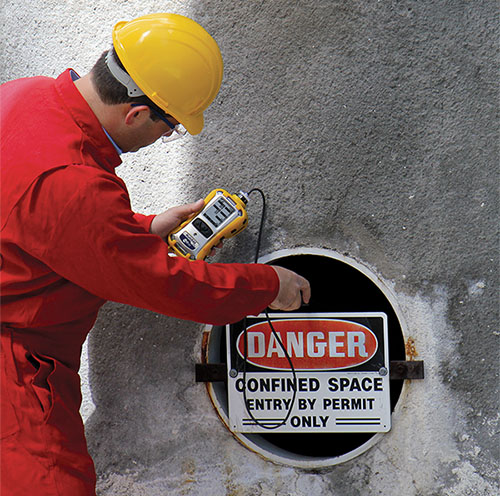How Can Workers Ensure Proper Use of Confined Space Detectors?
Working in confined spaces or hazardous
environments requires meticulous attention to safety. One of the most critical
tools for ensuring worker safety is a confined
space detector, also known as a gas monitor. These
devices detect harmful gases, such as carbon monoxide, hydrogen sulfide, and
oxygen deficiency, which can pose serious risks in confined spaces. However,
simply having a gas monitor isn’t enough—regular gas
monitor calibration is essential to ensure accurate
readings and reliable performance.
Why Confined Space Detectors Are
Essential
Confined spaces, such as tanks, silos, and
tunnels, often contain invisible hazards that can be deadly. A confined space
detector provides real-time monitoring of gas levels, alerting workers to
dangerous conditions before they become life-threatening. Key benefits include:
Early Detection: Identifying hazardous
gases before they reach dangerous levels.
Worker Safety: Protecting employees from
exposure to toxic or explosive gases.
Compliance: Meeting OSHA and other
regulatory requirements for confined space entry.
The Importance of Gas Monitor
Calibration
Gas monitors are only as reliable as their
calibration. Over time, sensors can drift or become less accurate due to
environmental factors, exposure to gases, or normal wear and tear. Regular
calibration ensures that:
Accuracy: The device provides precise
readings of gas concentrations.
Reliability: The monitor functions
correctly in critical situations.
Compliance: The equipment meets industry
standards and regulatory requirements.
Best Practices for Gas Monitor
Calibration
Regular Calibration: Follow the
manufacturer’s guidelines for calibration frequency, typically before each use
or at least monthly.
Bump Testing: Perform daily bump tests to
ensure sensors respond to gas exposure.
Professional Training: Ensure personnel are
trained in proper calibration techniques and safety protocols.
Proper use and maintenance of confined
space detectors require specialized knowledge. Training ensures that workers
understand how to operate the equipment, interpret readings, and respond to
alarms. It also emphasizes the importance of calibration and maintenance to
keep devices functioning optimally.
At Gas Monitor Competence Training, we
specialize in providing comprehensive training on confined space detectors and
gas monitor calibration. Our programs equip workers with the knowledge and
skills to operate gas monitors safely and effectively, ensuring compliance and
protecting lives. Contact us today to learn more about our training solutions!




Comments
Post a Comment